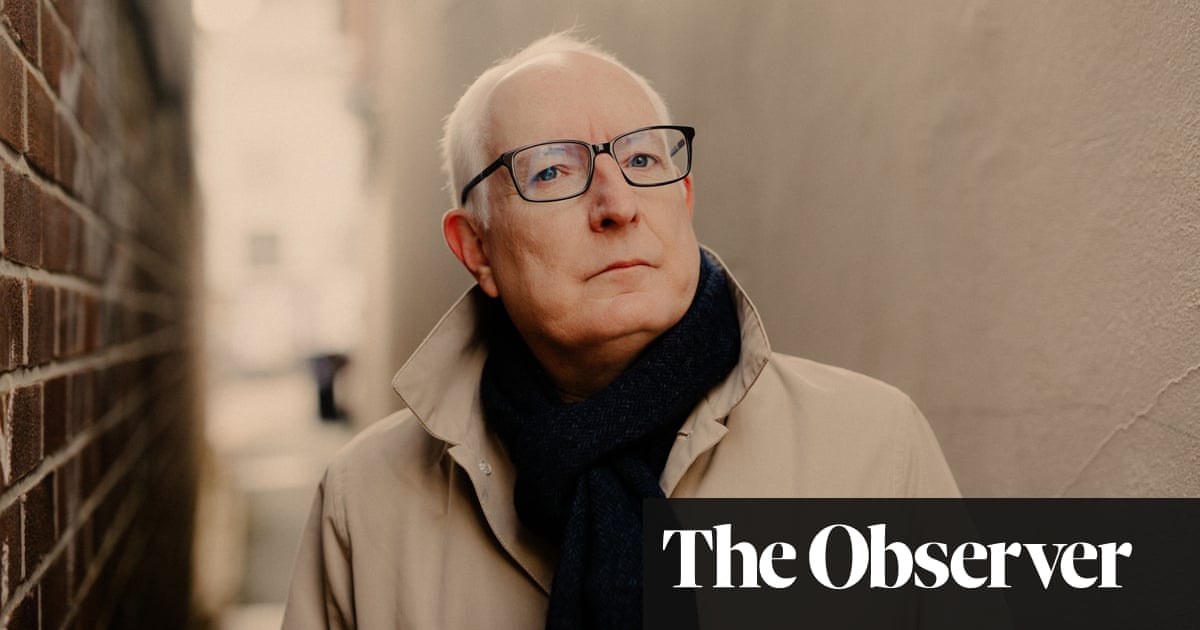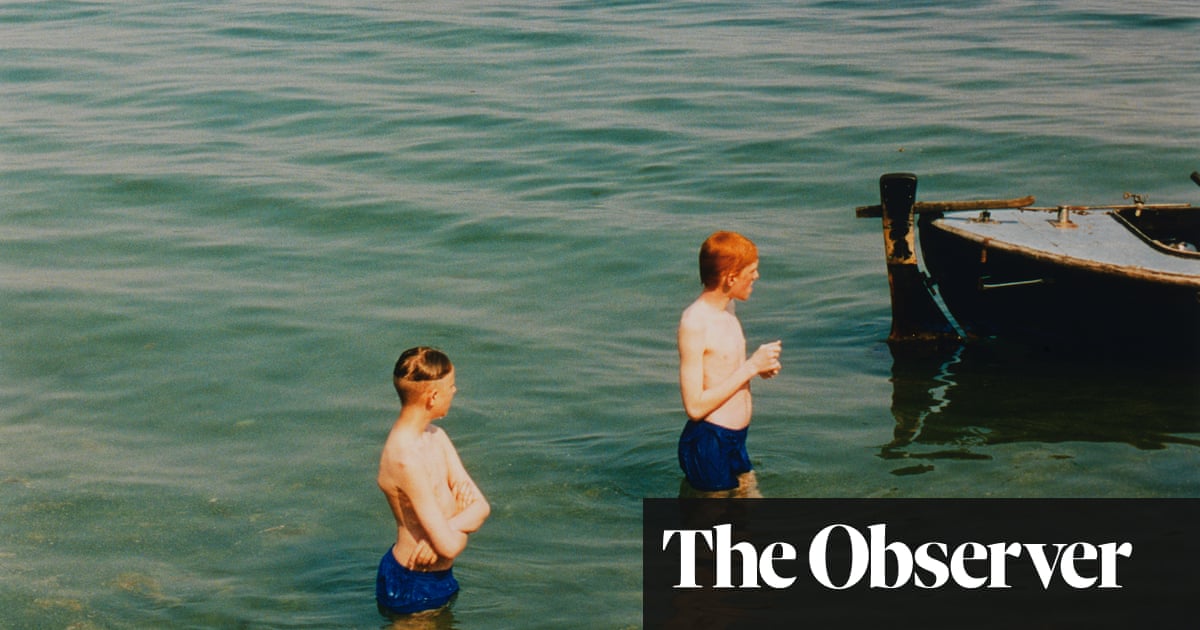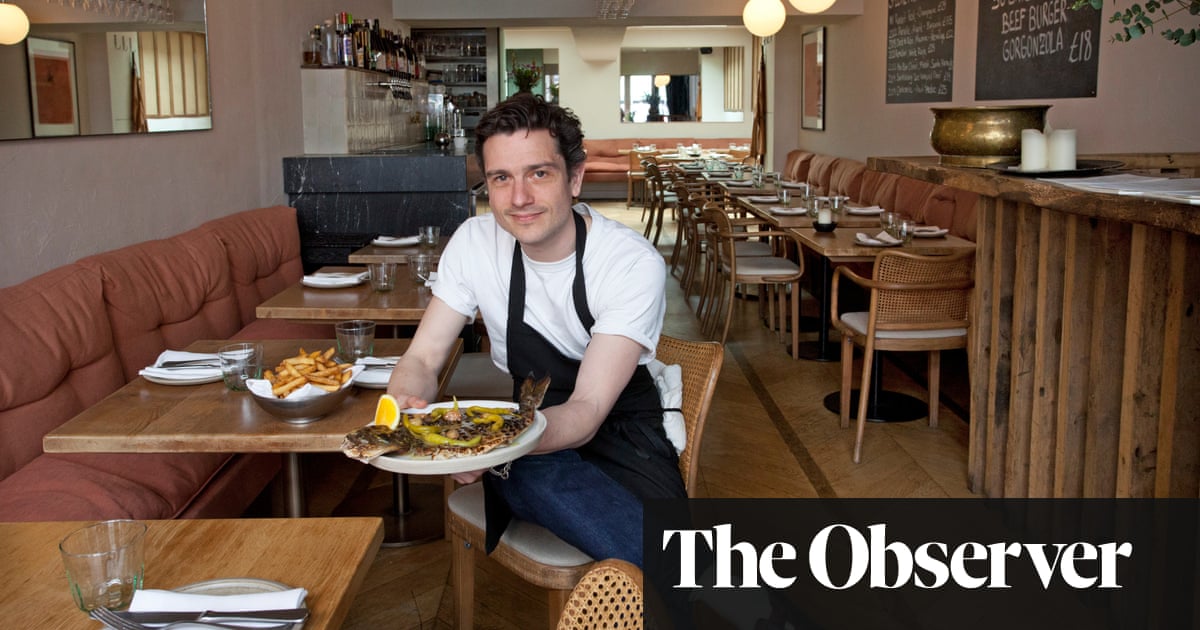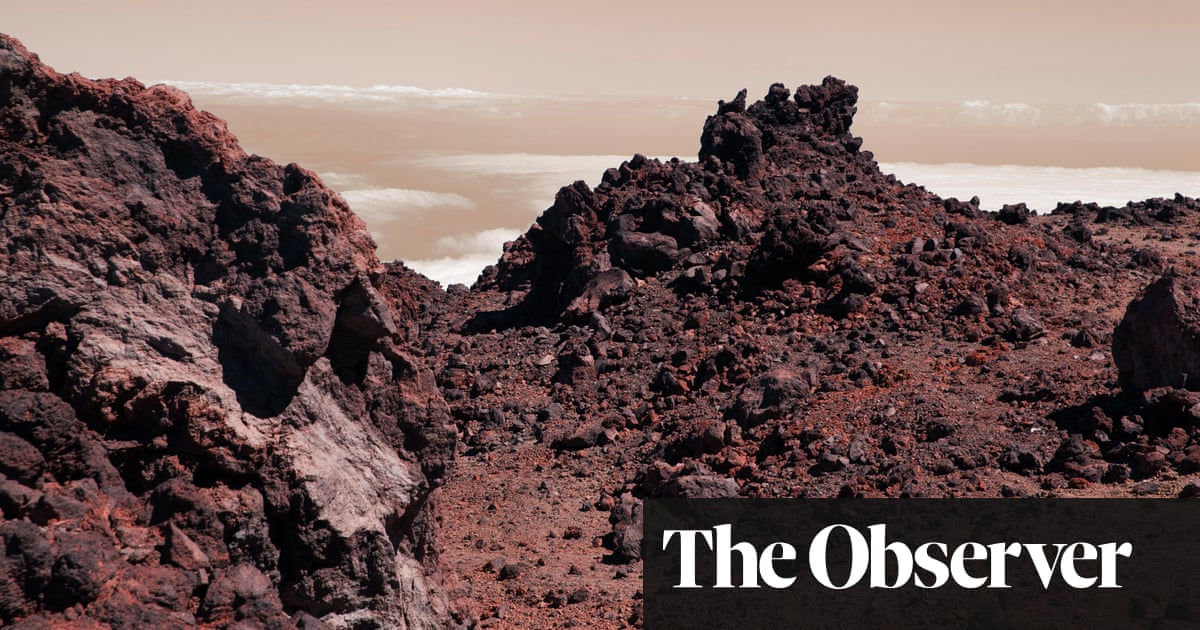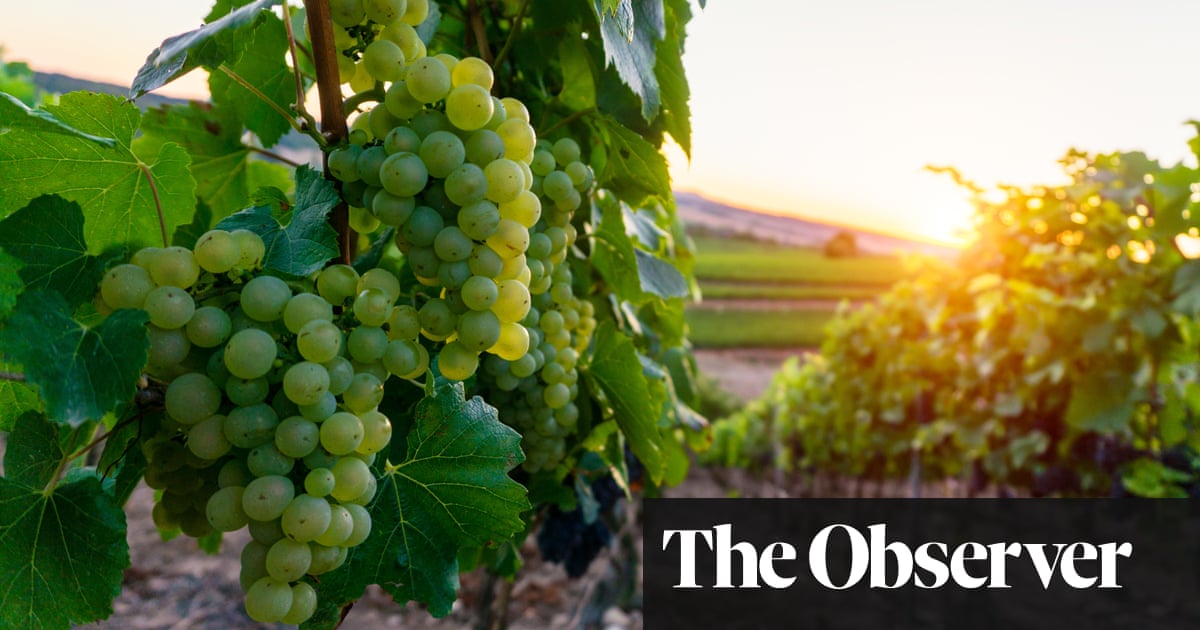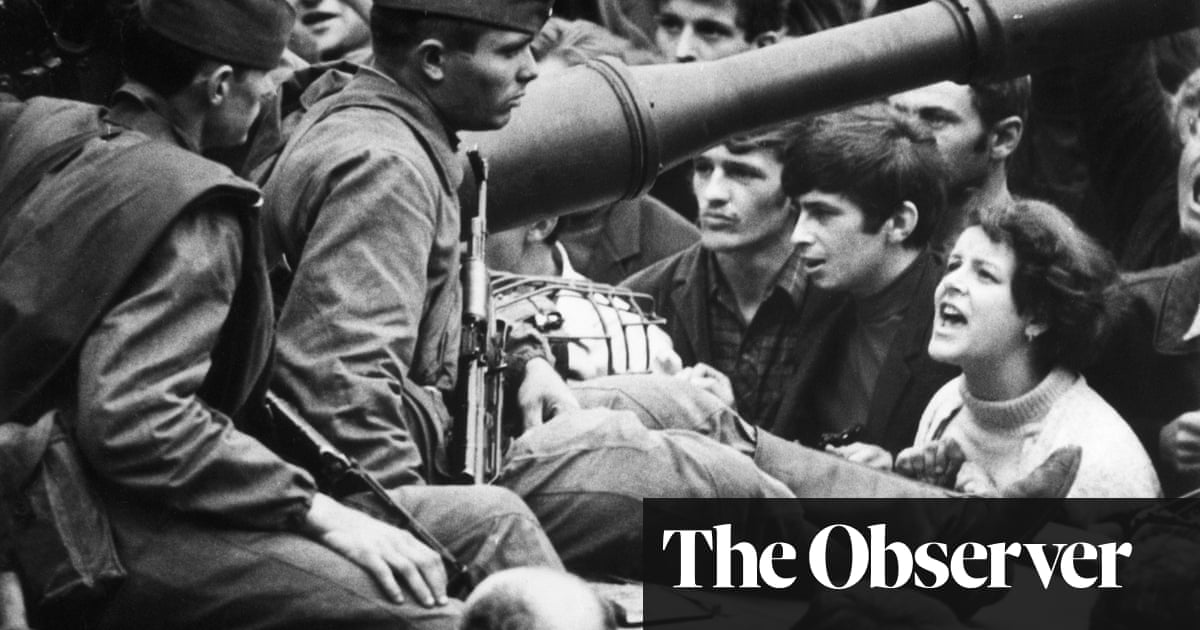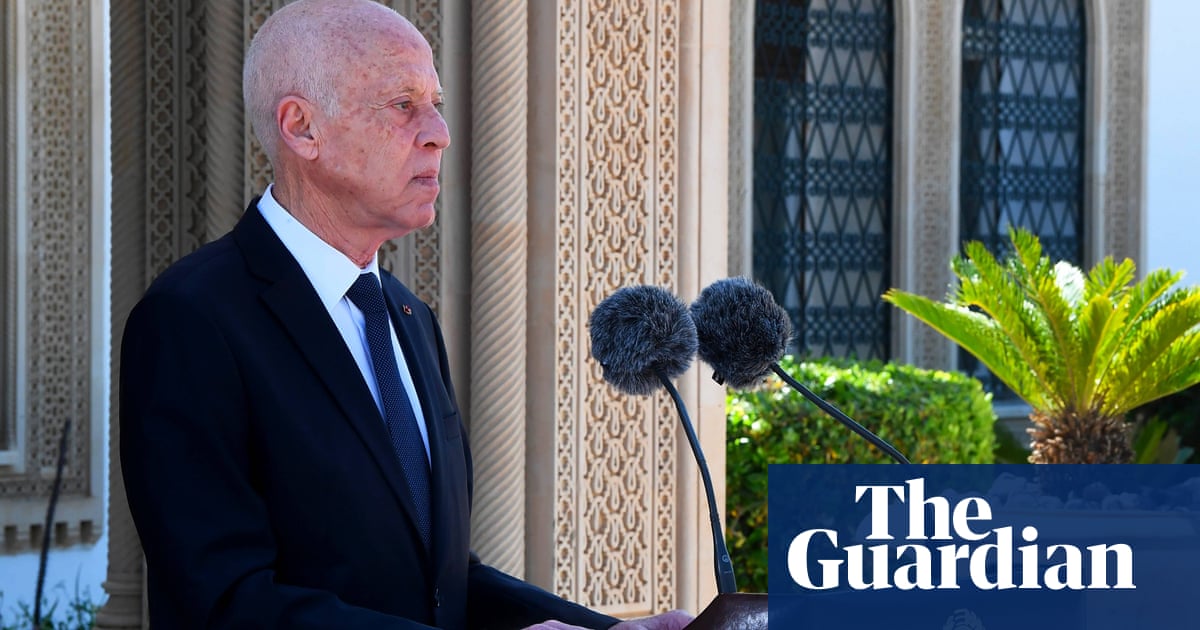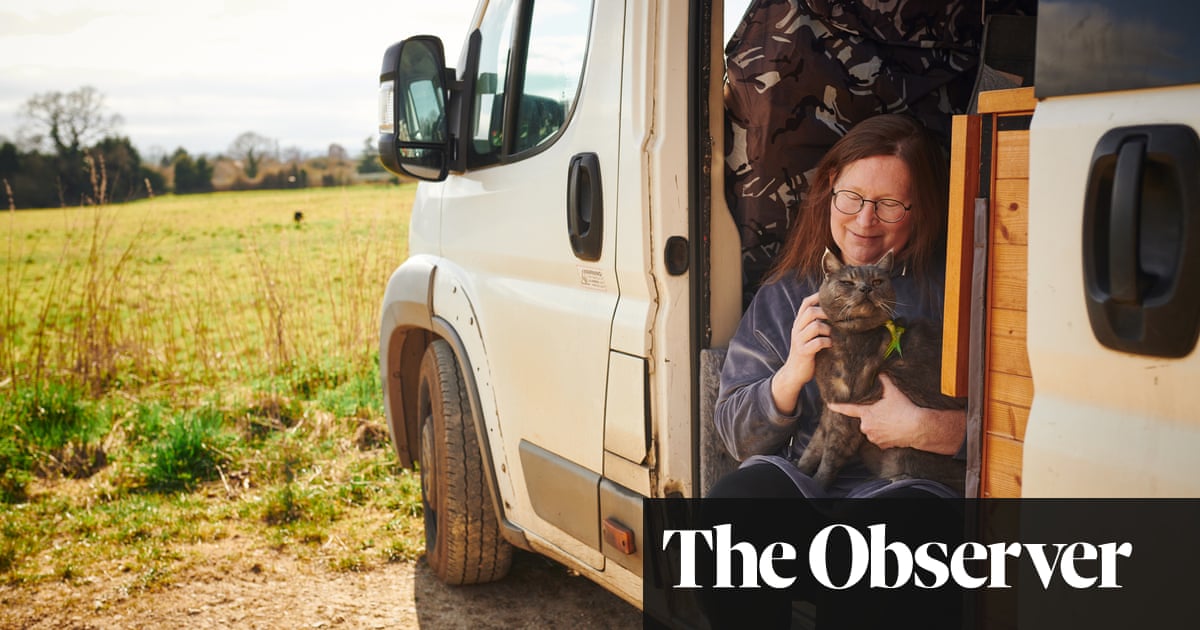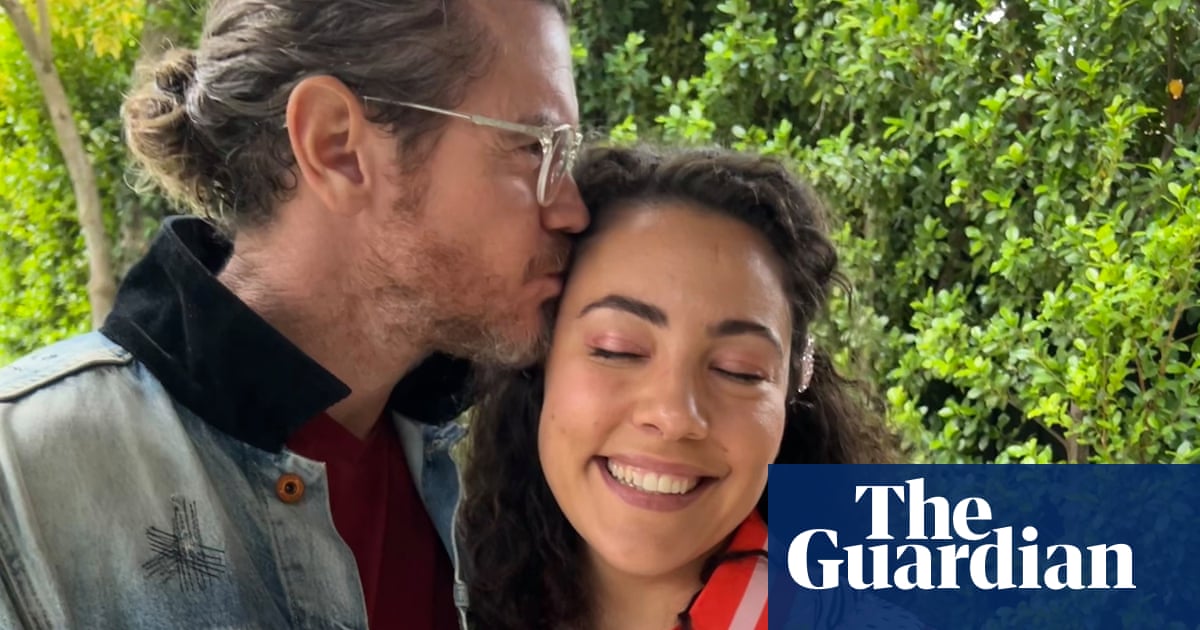My earliest memories of childhood involve hugging my dad, and also punching him. Let me explain. My father, who moved from Hong Kong to New York in the late 1960s, was a professional artist and a black belt in karate. When my brother and I were kids, he trained us up in his studio, to draw and paint and punch and kick like him. “I wanted to make you into little ninjas,” he told me a few months ago, with his big laugh, as we worked out with the heavy bag at his home in China, where he lives today. He’s 78 now, but he subscribes to much the same programme he did when I was in nappies. What I understood from a young age is that art and exercise went hand in hand – and that muscle was beautiful in form and function.
Our career as karate kids did not take off, since my brother and I were, and remain, constitutionally averse to conflict. But what did stick was a dedication to a life of physicality. We swam competitively, worked as lifeguards, taught swimming lessons, trained at the gym. My brother became a physical therapist and I became a journalist who writes about all kinds of things, much of it having to do with the art, science and culture of the body, and what it is to live a life in motion.
I was a swimmer since before I can remember, but I didn’t learn to surf until I was almost 30. What this means is that while I adore the feeling of flying across water, I also appreciate the immense effort that’s required to make it seem easy – in other words, the work of achieving grace.
A few years ago I began to consider muscle itself and its meaning. How it’s the stuff that moves us through the world, the engine behind every experience we have. I thought about the beauty of muscles and what they signify: a body of memory.
And I remembered this quote from Tolstoy: “I want movement, not a calm course of existence.” At the most basic level, muscle powers and animates our lives. Cardiac, smooth, skeletal: these three different types of muscles make our hearts beat; push food through our intestines, blood through our vessels and babies out of the uterus; and attach to our bones and help us get around. Skeletal muscles are the ones we move at will, the others work under our body’s control, without our conscious effort. Individually, they do different things. Collectively, they drive us through our days.

The more I looked into muscles though, the more I realised how much we take them for granted. They’re a bit like the unsung heroes of our bodies; we think of them as rather dumb, versus the brains of the operation. But they have their own intelligence and their own kind of language.
The newest science shows how critical muscle is to our physiological and metabolic health. Muscle is an endocrine tissue, which means that it’s constantly releasing signalling molecules that travel to other parts of the body, including the brain, where they affect cognition, mood and emotional behaviour, like a love letter from your muscle to your brain.
Exercise especially stimulates this “brain-muscle cross talk” and those messenger molecules help determine specific beneficial responses in the brain, including the formation of new neurons and increased synaptic plasticity, both of which boost learning and memory. Bulking up muscles literally bulks up your brain.
Not only is muscle chatty, but it also has its own kind of memory. Most of the time when we talk about muscle memory, we’re not talking about the muscles themselves, but about the memory of a co-ordinated movement pattern that lives in the motor neurons, which move our muscles. But in recent years, scientists have discovered that our muscles themselves have a memory all of their own for movement and exercise.
“Athletes have always felt this to be true, to some extent,” says Adam Sharples, a cellular biologist and professor at the Norwegian School of Sport Sciences in Oslo who is also a former professional UK rugby league player. His muscle lab was the first to show that human skeletal muscle has an epigenetic memory of past exercise – in other words, certain genes are switched on so that muscle cells are primed to respond more rapidly to exercise in the future, even after a months-long pause (and perhaps even longer). What this means is that if you have to take time off from exercise due to injury or illness, your muscles remember how to rebuild.
What I love about this is that we all have the capacity to bounce back and that a hiatus from exercise due to changes in life circumstances doesn’t mean you have to start all over again. The benefit of coming back to it is that exercise can reset our muscles to a healthier state, whether you’re a recovering star athlete or an older person contemplating a return to activity.
Our bodies inevitably change over time, but muscle is remarkably adaptable – it’s one of the very few tissues that adapts and changes on an everyday basis. Your body on exercise, even after a few minutes, releases a wash of molecules that change you: turning genes on and off, waking up immune cells, controlling inflammation, adjusting levels of blood sugar, ramping up metabolism, healing tissue and more. In a very real way, these researchers are working on how we might be able to remind our muscles – and ourselves – to stay strong throughout our lives.
Building muscle to support the joyful things you want to do, whether it’s swimming or surfing or dancing or lifting your kids or grandkids into the air when you see them, is the best reason to do it. This looks different for each of us, but the principle is the same. Muscle is potential, and strength, and owning your own strength. All so you can keep doing the things you love.
Which brings me to the subject of jumping. Learning how to jump – the way we learn other early movements that include running, climbing and lifting – is foundational to human development. We do it when we’re young, when we’re figuring out how to use our bodies correctly and how to interact with our environment. And yet jumping also means play, levitation and flight.
Even Charles Darwin had a thing or two to say about jumping, as a movement that’s conducive to joy. “Under a transport of Joy or of vivid Pleasure, there is a strong tendency to various purposeless movements,” he observed in The Expression of the Emotions in Man and Animals, published in 1872. “We see this in our young children, in their loud laughter, clapping of hands and jumping for joy.” We humans share this essential tendency with others in the animal kingdom: dogs bounding, horses leaping, whales breaching. Our bodies are built to move: muscles make that happen. There’s something enchanting about pure movement for itself.
But our human relationship with muscles can be complicated. Across history, muscular women have disrupted the binary gender and power dynamics that have long governed society: men are equated with strength, women with weakness. When a woman is deemed too muscular, it’s often because her strength is perceived as taking away from someone else or that her strength is somehow unseemly, unfair or unnatural. This zero-sum thinking encourages a worldview in which muscularity and physical strength for women is a threat to societal order, domestic harmony and reproductive responsibility. Well into the 20th century, women were warned not to lift weights or other heavy things or their uteruses might fall out, and endanger those reproductive responsibilities.
The phrase “too muscular” might seem to be a superficial matter of aesthetics, but it is a charge that has been levied in many arenas against women who dare to be physically strong. The pioneering powerlifter Jan Todd, for one, was the first woman to lift the Scottish stones of strength known as the Dinnie Stones. In the process, she disrupted stone-lifting practices that were for centuries linked to rituals of manhood. After all, what significance did manhood stones possess if women could lift them too?
I was largely inoculated to this simplistic stereotypical model of muscle by my own upbringing, but not so much that I couldn’t see the contrast. I’m not immune to what the culture tells me I should look like. But I like that sports helped me to not be ashamed of my body’s appearance. I have my own vanity about my swimmer’s shoulders, my strong legs and kick; I like what they tell me. To be proud of their power, of how well they work.

As a kid, I learned to do handstands from my dad; as an adult, I began doing headstands as a regular practice in yoga. If I ask myself why I still do them, I realise that I like going upside down because it not only encourages a radical shift in body awareness, but also in perspective.
These days, more than half the people I see in the gym powerlifting at lunchtime are women. The idea about who is allowed to own their own muscle is changing.
From the start of my investigation of muscle and its meaning, it was clear that muscle as a tangible thing has such fascinating and outsized influence on how we think about ourselves as people. That the qualities of muscle that we admire are a kind of shorthand for character. We tell ourselves to be strong, to show good form, to be a person of action, to be flexible, to muscle through hard things. To endure and go the distance.
Even in the discouragement of action, we’re telling ourselves to relax – to let go.
What I’m really trying to say is that musclehood is personhood. Whether we know it or not, we’re talking about the metaphysics of muscle. There’s a philosophy of life and humanity that can be found in muscle and what it allows us to do, beyond the physical self.
I love how muscles are an analogue for so many things in life that we must practise: compassion, generosity, bravery. The idea that we have the ability to grow when we slowly and consistently do hard work. To examine muscle is to observe human nature. It’s about our relationship to our bodies: what they – and thus we – are capable of.
The most joyful thing I’ve been practising is walking on water. When I do, I try not to run, because running on a surfboard is a recipe for disaster. Unlike land, water is an unstable platform; on a longboard, measured, unhurried steps, with control, is the goal.
Which brings us to grace. Anton Chekhov described grace as occurring ‘when someone expends the least amount of motion on a given action’. Grace, in part, is about restraint, physical calm in the face of uncertainty.
There was a time when the physics of surfing seemed impossible to me. What was involved in order to dance on the water with grace was mind-boggling: spotting a wave, negotiating a constantly moving and changing surface, paddling into the right position, getting to your feet, finding balance, keeping your feet connected to the board and also moving those feet to shift your weight, all while reading the changes in the water and maintaining speed. Not to mention having an awareness of countless other bodies and boards that are also moving.
There’s no way to get around paying your dues in the water – to learn all the many and specific variables, and then to be capable of synthesising it all into a reasonable gestalt for various situations. The symphony of muscles acting together takes practice. There’s a temporal aspect, because it’s something you repeat to the tune of many years. Grace, then, is also about endurance.
When I emerge from a long surf, run or swim, the tiredness in my muscles tells me that I’ve done something worthwhile. The state of aching is not always a bad one; in this case, the residual burn is a symptom of what it means to live a life of the body. The restless vibration of my spine has quieted; my body is relaxed and so is my mind.
The effect of this muscle exploration is that I’ve had to participate in my own studies of character. Strength, form, action, flexibility, endurance: all of these are qualities of muscle that we strive for in personhood. With grace, the beauty and elegance in movement comes from a seeming effortlessness and ease. But we all know that nothing comes without hard work.
Let us look instead at the effort behind the apparent ease. Let us honour all the time and work – the stretching, heaving, grimacing – that has gone into achieving the oneness of your body with the world, the connection you can feel with something, or someone, outside of yourself. To be in the ballet of life around you. What I take away from the enterprise is the complexity of all that muscle signifies about what we desire and who we want to be.
On Muscle: The Stuff That Moves Us and Why It Matters by Bonnie Tsui (Headline Press, £16.99) is out on 22 April. Buy a copy from guardianbookshop.com for £15.29

 7 hours ago
9
7 hours ago
9


